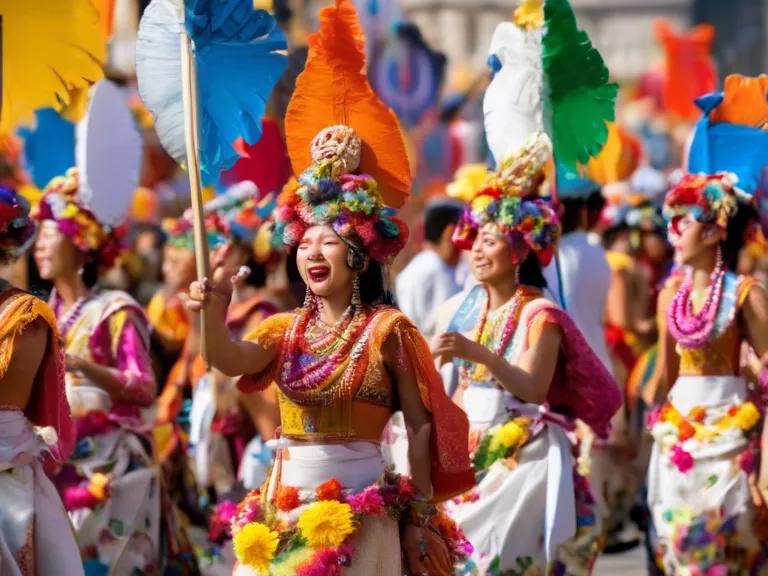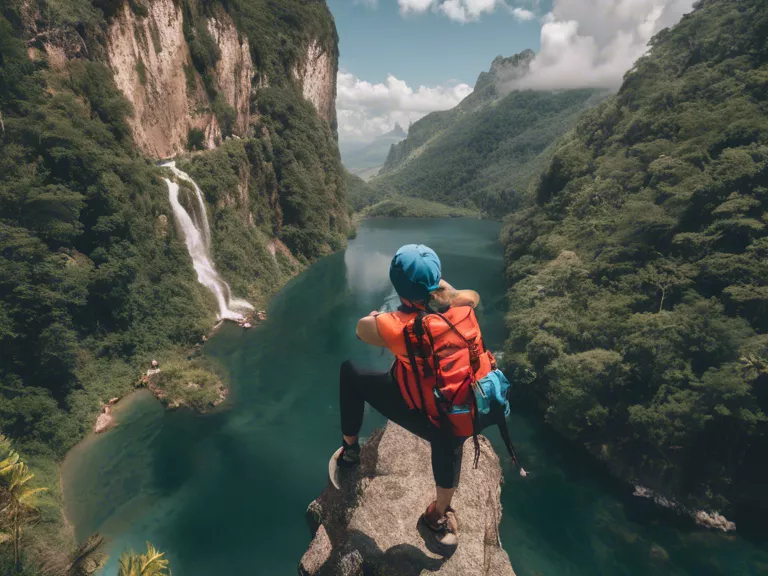
Cultural festivals are a great way to immerse yourself in different traditions, foods, music, and celebrations from around the world. Here are some popular cultural festivals worth attending that will give you a glimpse into the vibrant and diverse cultures of various countries:
Oktoberfest - Munich, Germany Oktoberfest is the world's largest beer festival held annually in Munich, Germany. It is a 16- to 18-day folk festival running from mid or late September to the first Sunday in October, with more than six million people from around the world attending the event every year. Visitors can enjoy traditional Bavarian beer, music, dancing, and delicious German cuisine.
Diwali - India Diwali, also known as the Festival of Lights, is one of the most popular Hindu festivals celebrated in India and other parts of the world. It symbolizes the spiritual victory of light over darkness and good over evil. During Diwali, people light up their homes with candles and clay lamps, participate in prayers, fireworks, and exchange sweets and gifts.
Carnaval - Rio de Janeiro, Brazil Carnaval in Rio de Janeiro is the world's largest carnival celebration, attracting millions of tourists every year. This vibrant and colorful event features samba parades, street parties, music, dance, and elaborate costumes. The highlight of Carnaval is the Samba Parade where competing samba schools showcase their talents in front of thousands of spectators.
Chinese New Year - China Chinese New Year, also known as the Spring Festival, is the most important traditional Chinese holiday. It is celebrated in China and other countries with significant ethnic Chinese populations. The festival lasts for 15 days and is marked by family reunions, feasting, dragon and lion dances, fireworks, and giving red envelopes containing money for good luck.
Dia de los Muertos - Mexico Dia de los Muertos, or Day of the Dead, is a Mexican holiday that honors deceased loved ones. Families create altars with photos, candles, and offerings to remember and celebrate the lives of their ancestors. The festival also includes parades, music, dancing, and traditional Mexican dishes such as tamales and pan de muerto.



